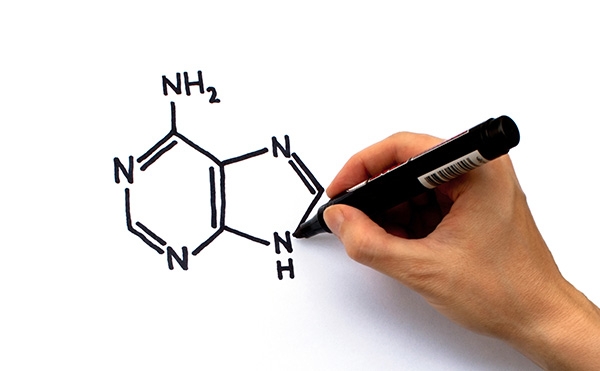
The nitrifying bacteria cause what is commonly called “The Nitrogen Cycle”: All ponds, aquariums and lakes go through a nitrogen cycle. The nitrifying bacteria are integral to the cycle. During the initial stages of the cycle, Ammonia is produced by fish respiration and fish waste. Nitrifying bacteria, nitrosomonas, convert Ammonia into Nitrite, which is then converted by another bacteria, nitrobacter, into Nitrate. Ammonia is harmful to fish (and should be ideally kept at the 0 ppm and becomes very dangerous at 1.0 ppm or greater). Nitrite is even more harmful and should also be kept at 0 ppm, as it suppresses a fish’s ability to carry oxygen in its bloodstream. Even slight amounts can stress fish. Large amounts can cause them to suffocate. If your pond has a pH greater than 8, with ammonia present, the fish will be subject to burn faster. Once the Nitrite is converted to nitrate, the Nitrate is viewed as plant food and is usually of no concern to pond keepers regarding fish. However, Nitrate can be a key contributor to green water algae.
When a pond is first set up or opened I nthe spring, higher measurements of Ammonia and Nitrite levels indicate where your pond is in the natural “Nitrogen Cycle”. Ammonia peaks first, followed by Nitrite peaking in 6 to 8 weeks, if the process occurs naurally. To speed up this process nitrifying bacteria can be added and the ammonia and nitrite will cycle within two weeks at 70 degrees water temperature. Once the levels of both are negligible, the pond is considered in balance.
High Ammonia levels can also be caused by anaerobic bacteria and by decomposing organic matter/sludge in the pond. When this occurs, remove as much debris as possible form the bottom of the pond (note there is often large amounts of debris and leaves trapped between rocks if you have a rock bottom pond). Adding sludge-eating bacteria on a regular basis can eliminate this. Most sludge eating bacterias will only work above 55 to 60 degrees. However, there are some new products on the market designed to eat sludge in cold water (below 55 degrees). These cold water sludge eater products are strongly suggested for use in the fall, to prepare your pond for the winter.
Therefore, it is essential to test your pond water in the early stages to ensure that your pond has negligible levels of Ammonia and Nitrite before new fish are added.
Ideal Nitrites: 0
Acceptable Range Nitrites: 0 - 0.25
Ideal Nitrates: 0
Acceptable Range Nitrates: 0 - 5.0
Ideal Ammonia: 0
Acceptable Range Ammonia: 0 – 0.25


